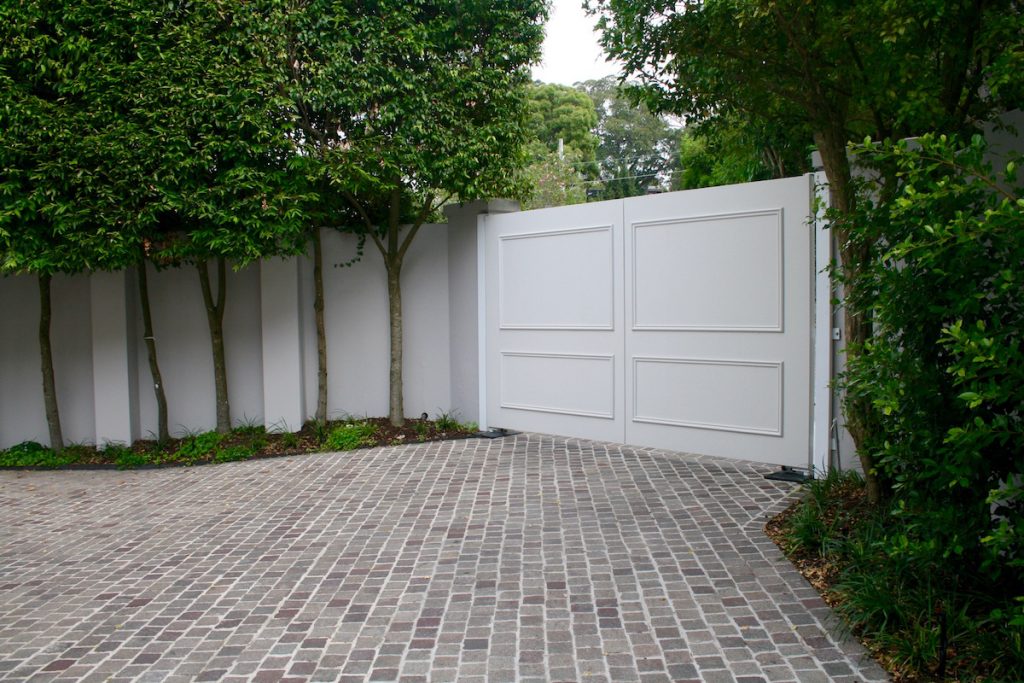Exposed to daily pressures, your driveway surface works hard. Over time, exposure to the heavy weight of vehicles, the elements, erosion and oil leaks can degrade your surface material. Cracks, stains, potholes, failed drainage and age all contribute to a tired looking driveway that is likely to be killing your curb appeal.
But does your driveway simply need a repair or to be replaced altogether? We discuss key signs your driveway needs some TLC and your options to improve its functionality and appearance.
KEY SIGNS YOU NEED TO REPAIR OR REPLACE YOUR DRIVEWAY
Some of the main signs you need to repair or replace your driveway are:
Cracks
Potholes
Drainage issues
Weathered appearance
REPAIRING VS REPLACING YOUR DRIVEWAY
Resurfacing a driveway
Most homeowners will do anything to put off replacing an entire driveway as the costs to do so can be significant. In some instances, resurfacing a driveway may suffice, but in others, starting from a fresh is necessary. When resurfacing a driveway here are a few things to consider:
Cracking
If your driveway has visible cracks, it’s a sign the surface is failing and needs some attention to avoid bigger, more expensive issues occurring. As a general rule, if the cracks are less than a quarter-inch wide, you can get away with repairing the surface. You may then opt to reseal or refinish the entire surface to ensure the driveway has a uniform appearance.
For cracks greater than a 6.5mm, repairing is simply a Band-Aid. Large cracks are a sign of significant issues as they allow water to seep in, even after a patch job. This is particularly an issue if you live in an area that is subjected to freezing temperatures as further damage is caused by water freezing and thawing under the surface. In this scenario, replacing your driveway surface entirely is recommended.
Looking at resurfacing a driveway? Check out our article on some of the most popular surfaces.
Existing material
Another variable that you’ll need to consider if you’re questioning whether to repair or replace your driveway is the existing material. Some surfaces are easier to repair than others. Natural cobblestones, for example, may only require placing a couple of the pavers that have cracked. Concrete, on the other hand, will require resealing or re-surfacing to disguise the patchwork.
It’s also worth considering how well your driveway material will age. Some materials will appear weathered after a few years simply from regular sun exposure fading the colour and the constant traffic. This may not be affecting the functionality and durability of your driveway, but it will affect the overall aesthetics of your property. If that’s the case, consider choosing a driveway material that naturally disguises wear and tear, and will only get better with age.
Drainage issues
A well-designed driveway with a surface in good condition won’t be affected much by water. However, if you’re noticing rainwater pooling in areas or running down the middle of your driveway, you’re likely to have drainage issues. Left unresolved, this can weaken the driveway surface in areas and contribute to an increase in cracking or even potholes.
Depending on your existing driveway material there are ways you can rectify drainage issues without the need to replace the entire driveway. This could be installing strip drains, adding curbing or replacing drainage piping.
You may, however, need to completely replace the driveway to repair the damage already caused and improve the drainage system and driveway levels to maintain the integrity of the new surface.
Age
Many driveway surfaces aren’t designed to hold up under extreme pressures forever. Typically, you’ll need to replace an asphalt driveway after 20 years and a concrete drive after 25 years. Repairing a driveway nearing this age is not considered a wise investment.
Beyond the condition of your driveway, many old driveways could do with an update just as a home benefits from renovations. Simply put, a tired looking driveway may simply not match the aesthetics of your newly renovated home. Replacing an older surface with a modern, new material that has a great lifespan will not only improve the curb appeal of your home, but it’s likely to increase the value of your property
Source: www.ecooutdoor.com.au
